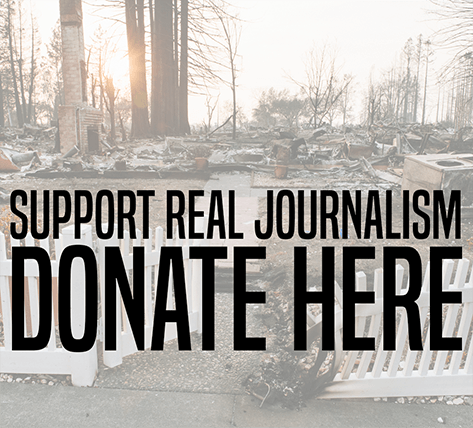The temperature was nearing 90 degrees in Woodland, California, on Monday afternoon, but in the parking lot of the Home Church, the mission continued. Undeterred by the high sun and cloudless sky, area residents queued up dozens deep, waiting for the food distribution to begin.
“Sometimes people start lining up at noon, and we don’t distribute until 3:30,” said Jason Hammond, a church member, as he hurriedly bagged up fruit and vegetables to go with the other groceries — on this day, four bags of food and water for each person in line. “When it’s hot like this, they’ll try to find a shady spot. But they don’t leave.”
Every Monday, people in this Yolo County town know that if they need food, Home Church will be providing. The weekly count usually comes in at 200 to 250 folks, meaning that upward of a thousand people a month walk out with food for thousands more — enough for several meals, anyway.
“If you’re standing here, you need it or your family needs it,” said Derrick, 62, who was 40th in line. He told me he had been coming here on a weekly basis for the past couple of years. “This is how you get blessings. It’s simple but it works.”
The program is also under threat. Because this is where the fallout from big-picture federal and state funding conversations eventually lands: a parking lot on a weekday, a few hundred people in need.
* * *
California Gov. Gavin Newsom’s budget for the 2025-26 fiscal year has generated more attention for his walkback of Medi-Cal expansions than anything else, but tucked in among the many proposed cuts is a small stunner: a nearly 90% reduction in funding for a state program called CalFood, from $60 million to $8 million a year.
CalFood, run by the nonprofit California Association of Food Banks, allocates the state funds to its members — more than 40 up and down the state — to buy food from California farmers to distribute to those in need. The fresh food winds up in grocery bags at places like Home Church, a distribution point for the participating Yolo Food Bank.
This isn’t the only way that the food banks operate. They’ve traditionally received nearly a quarter of their food supply from federal commodity programs, and more is donated by farms and rescued from stores with surplus food that’s nearing an expiration date or doesn’t meet certain cosmetic standards for sale.
But the state funding for CalFood is a direct line. It buys fresh meat, fruit and vegetables specifically from California farms and producers for people who need it, and the money is often used to purchase both high protein food and culturally relevant items like tortillas, chilis and pita bread.
Last year, CalFood funding accounted for 37% of food banks’ budget for such purchases — and in rural areas, it’s often a much larger percentage than that.
“The drop from $60 million to $8 million if the funding is not sustained will have an immediate impact on the amount of food that food banks will be able to provide their communities,” said Stacia Hill Levenfeld, CEO of the California Association of Food Banks. “It’s also a loss of $52 million that would have been invested in local food producers.”
Earlier this year, the association asked its members how they would cope with such steep funding cuts. Most said they’d reduce the amount of food offered per household and buy less California-grown and produced food. About one in five said they’d have to close distribution sites, Levenfeld said.
* * *
State funding for CalFood ramped up after the onset of the COVID-19 pandemic, as Californians were thrown out of work and food insecurity figures shot up across the state. In addition to its $8 million baseline funding, the program was allotted another $52 million, essentially an emergency response. But although COVID rates are down, Newsom’s budget proposal — to return to baseline funding — would gut the program when food insecurity is still running well above prepandemic levels, researchers say.
In Los Angeles County, 25% of all households are struggling to put adequate food on the table, according to a 2024 study from the University of Southern California. Statewide, 22% of all households are food insecure — including 27% of households with children.
The need is there. For the second consecutive year, California food banks are serving 6 million people each month, Levenfeld said. Those are unprecedented numbers in the state.
The system faces ongoing uncertainty about federal support, as the Trump administration continues attempting to slash funding for a number of safety net programs. Congressional Republicans are taking aim at SNAP, the Supplemental Nutritional Assistance Program, which directs money to low-income households so they can buy groceries.
If CalFresh, the state’s version of SNAP, takes a huge financial hit, the pressure on local food banks to provide for their communities will only ratchet up. But based on Newsom’s budget proposal, they’ll have dramatically less with which to make that happen.
“California feeds the world! There’s no excuse for not taking care of our own first,” California Assemblymember Stephanie Nguyen told Capital & Main. Nguyen (D-Sacramento) and State Sen. John Laird (D-Santa Cruz) are pushing legislators to reinstate CalFood’s full $60 million budget. “Without proper funding, children will go hungry,” Nguyen said. “No child in California should ever have to go to bed hungry.”
It’s a dark irony felt in a town like Woodland. Surrounded by farmland and orchards, it has long been an agricultural hub in Yolo County. Nearly half its population is Latino, far above the state average, and many of those families have worked in farming for generations.
“We grow the food but we can’t afford it,” said Hernanda, a young woman who asked that her last name not be used. On this day, she had already received her bags of groceries at Home Church, and she now sat in the shade peeling back an orange — the conclusion of a critically needed process that finds itself on the wrong end of a budget deficit. Those are very different kinds of crises.
Copyright 2025 Capital & Main
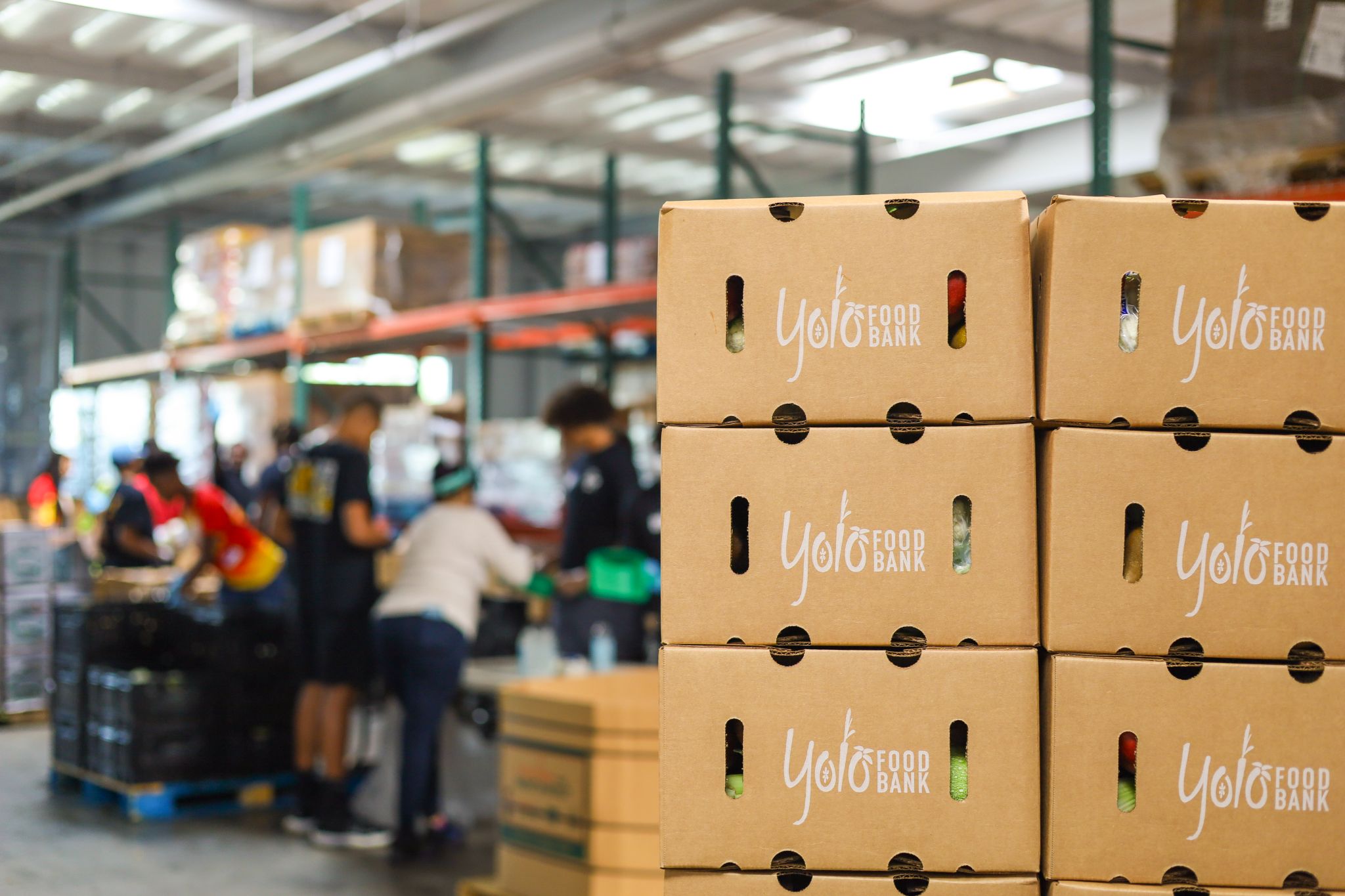

 Latest NewsNovember 19, 2025
Latest NewsNovember 19, 2025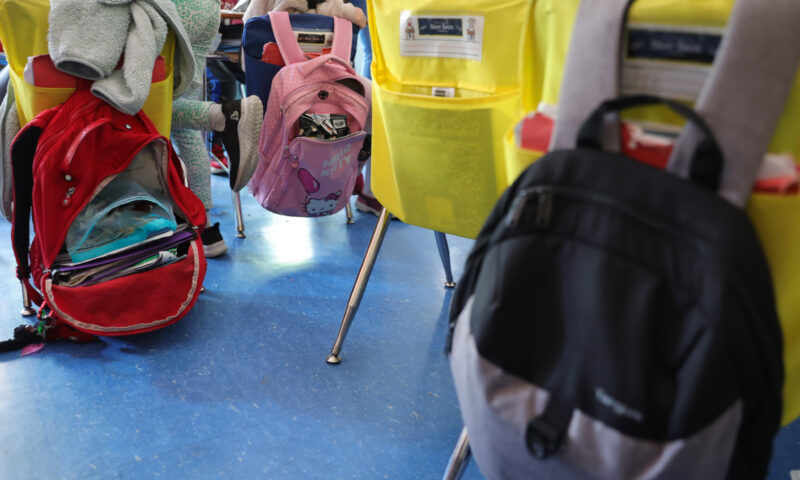
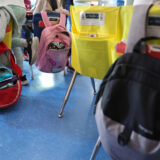 Latest NewsNovember 18, 2025
Latest NewsNovember 18, 2025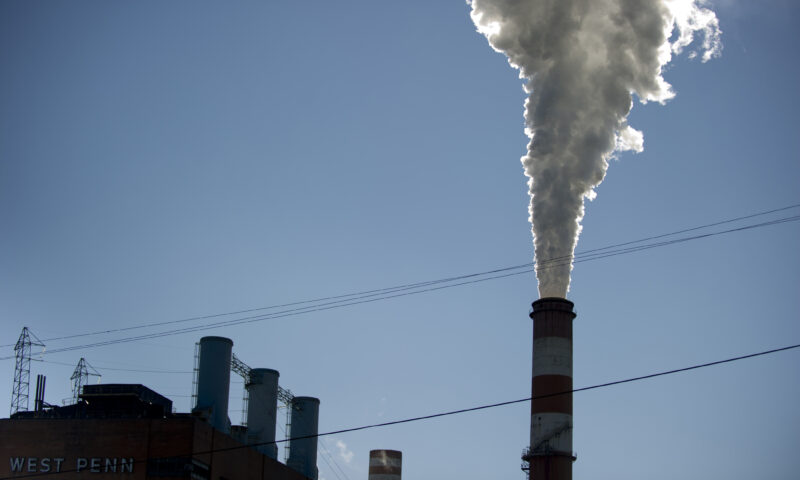
 The SlickNovember 18, 2025
The SlickNovember 18, 2025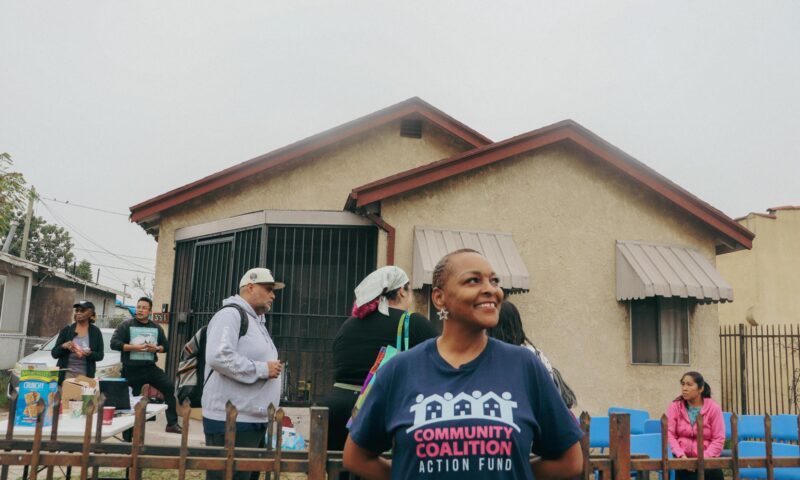
 Latest NewsNovember 17, 2025
Latest NewsNovember 17, 2025
 Column - State of InequalityNovember 21, 2025
Column - State of InequalityNovember 21, 2025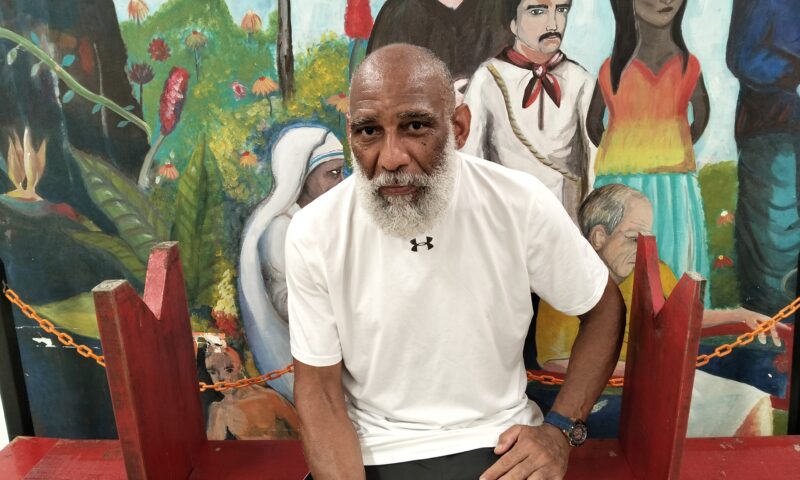
 StrandedNovember 25, 2025
StrandedNovember 25, 2025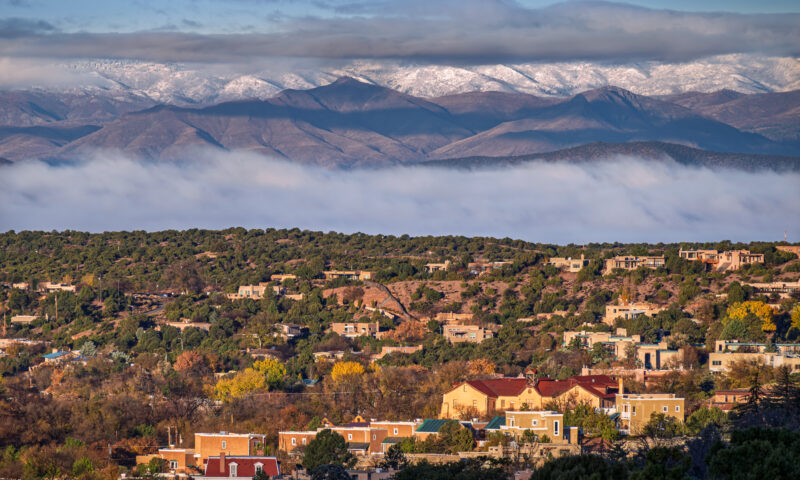
 Column - State of InequalityNovember 28, 2025
Column - State of InequalityNovember 28, 2025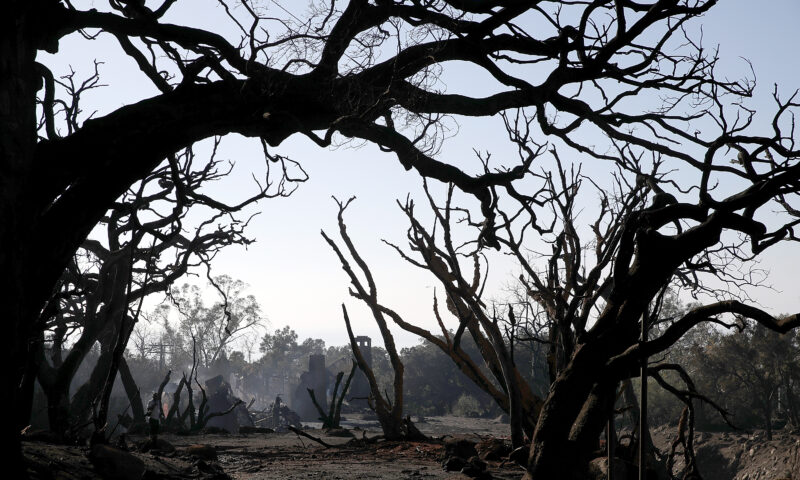
 The SlickNovember 24, 2025
The SlickNovember 24, 2025

